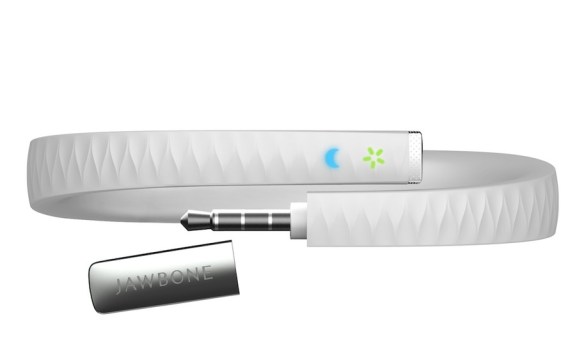 Read our full Jawbone UP24 review.
Read our full Jawbone UP24 review.
The Jawbone UP fitness and and lifestyle tracking wristband has been announced for several new countries around the world, and is now compatible with Android thanks to a newly released app. If you’ve not heard of the UP before, it’s something like Nike’s FuelBand, as it tracks your movements, sleep patterns, mood, and even your eating habits. Data is then downloaded on to your phone, where it’s collated and turned into lots of geeky graphs.
The UP had a difficult start to life, as the early versions were withdrawn from sale shortly after release, and it took nearly a year to get a revised model back in stores. This happened in November last year and now Jawbone has expanded the UP’s reach by introducing it in Europe, Asia, Australia and the Middle East. Not only that, but the company has opened it up to a wider smartphone audience too, as a Jawbone app is ready for download from Google Play.
It’s free to download and requires your Android phone to use version 4.0 Ice Cream Sandwich or later, plus of course, for you to own the Jawbone UP wristband. A list of compatible devices has been published on Jawbone’s website, and it includes the Nexus 4, Galaxy S2 and S3, Note 2, Galaxy Nexus, Droid DNA, Xperia S, and several others. However, Jawbone points out the HTC One X+, LG Spectrum and Spectrum 2, the Pantech Flex, and the Pantech Marauder 4G have some, “Known compatibility issues.”
If you own a BlackBerry 10 or Windows Phone device, and are eagerly awaiting your own Jawbone UP app, you’re out of luck, as according to TechCrunch the company has no plans to release an app compatible with either operating system.
In the U.S., the Jawbone UP will set you back $130, and the wristband has been priced at £100 in the UK, and 130 Euros in Europe. Amazon gives a release date of March 27 in the UK, while Jawbone’s press release says international Apple Stores should start stocking the UP today; while Asia, the Middle East, and Australia will follow next month.


